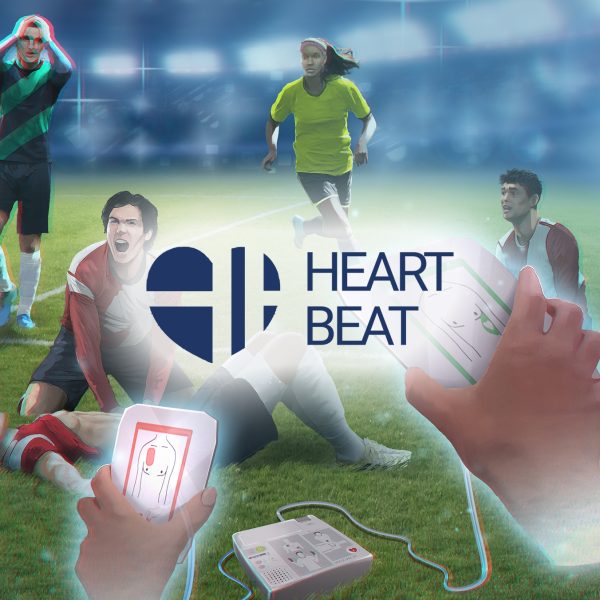
HeartBeat VR
HeartBeat VR digitalizes cardiopulmonary resuscitation (CPR) training through immersive simulations, allowing both professional and lay rescuers to practice with a virtual defibrillator in realistic scenarios, monitoring performance, and providing immediate feedback to enhance skills.